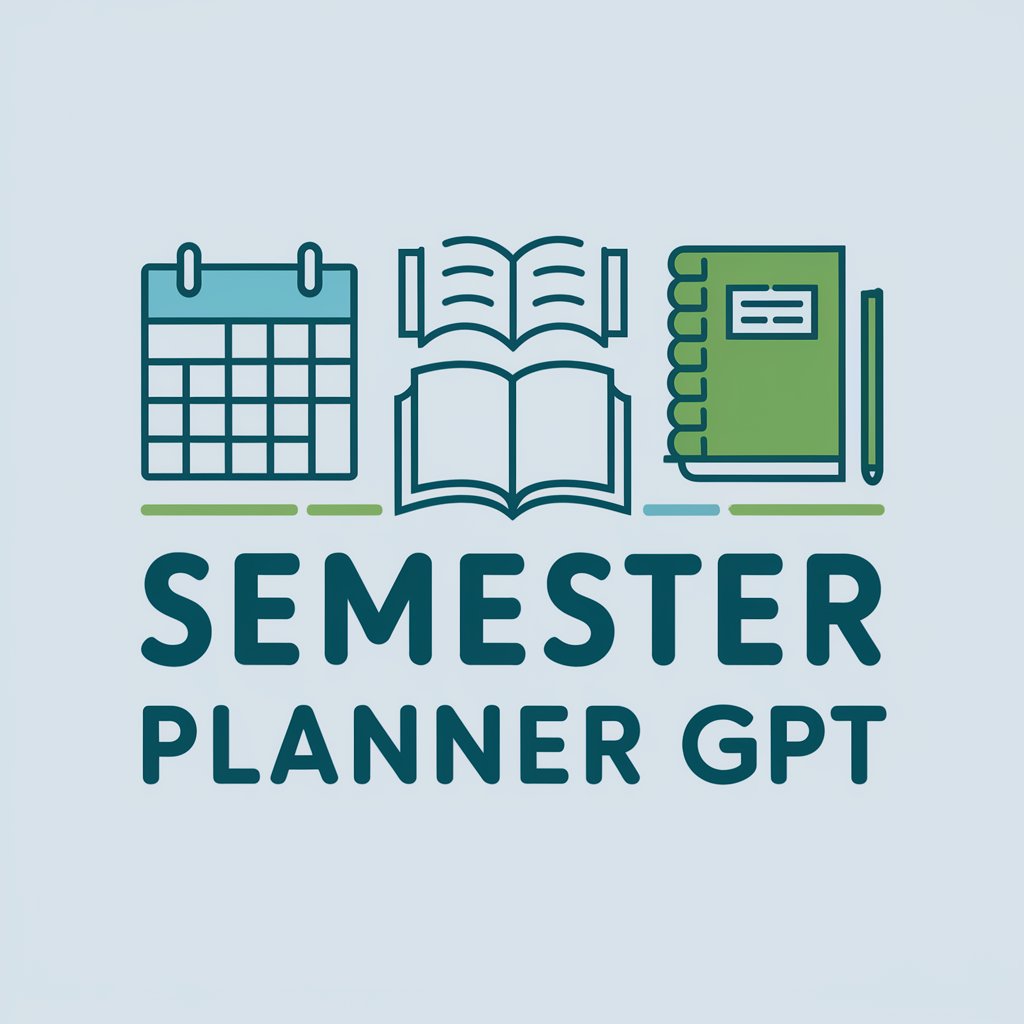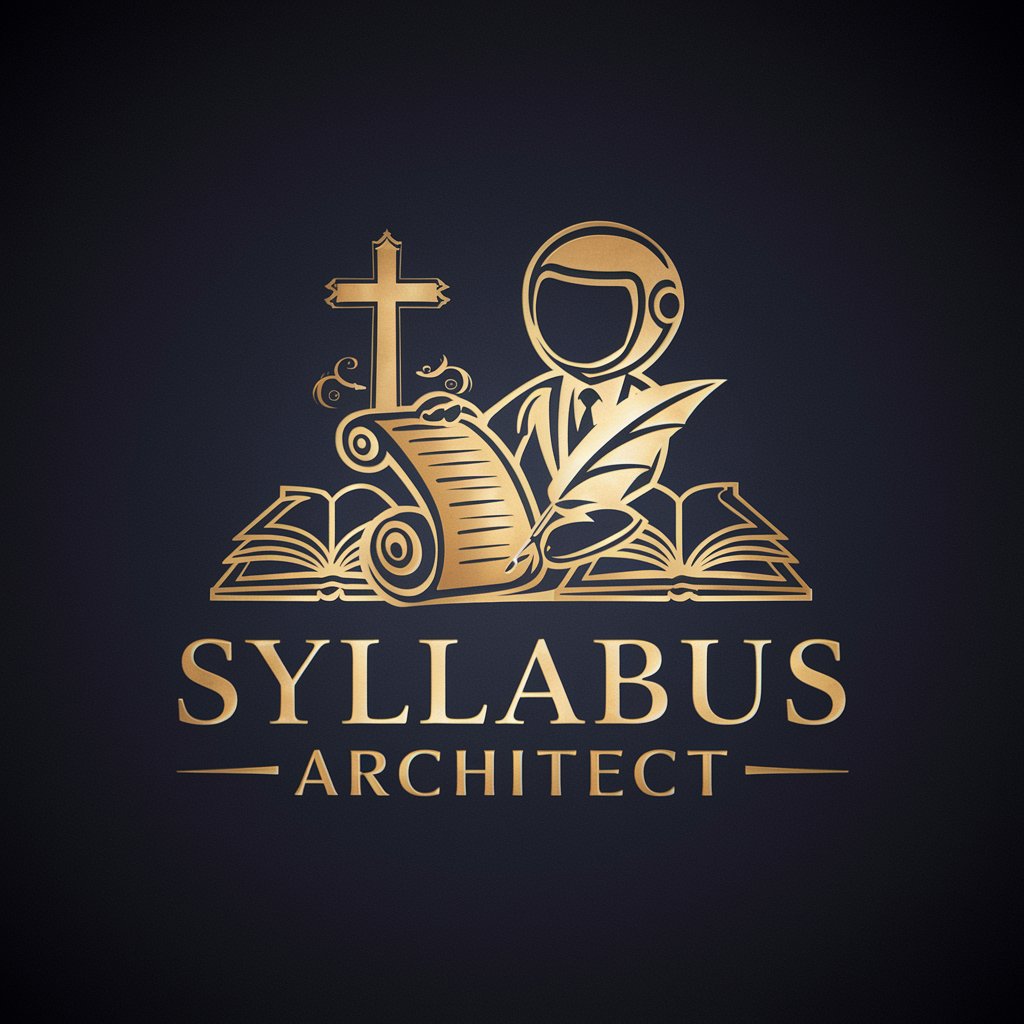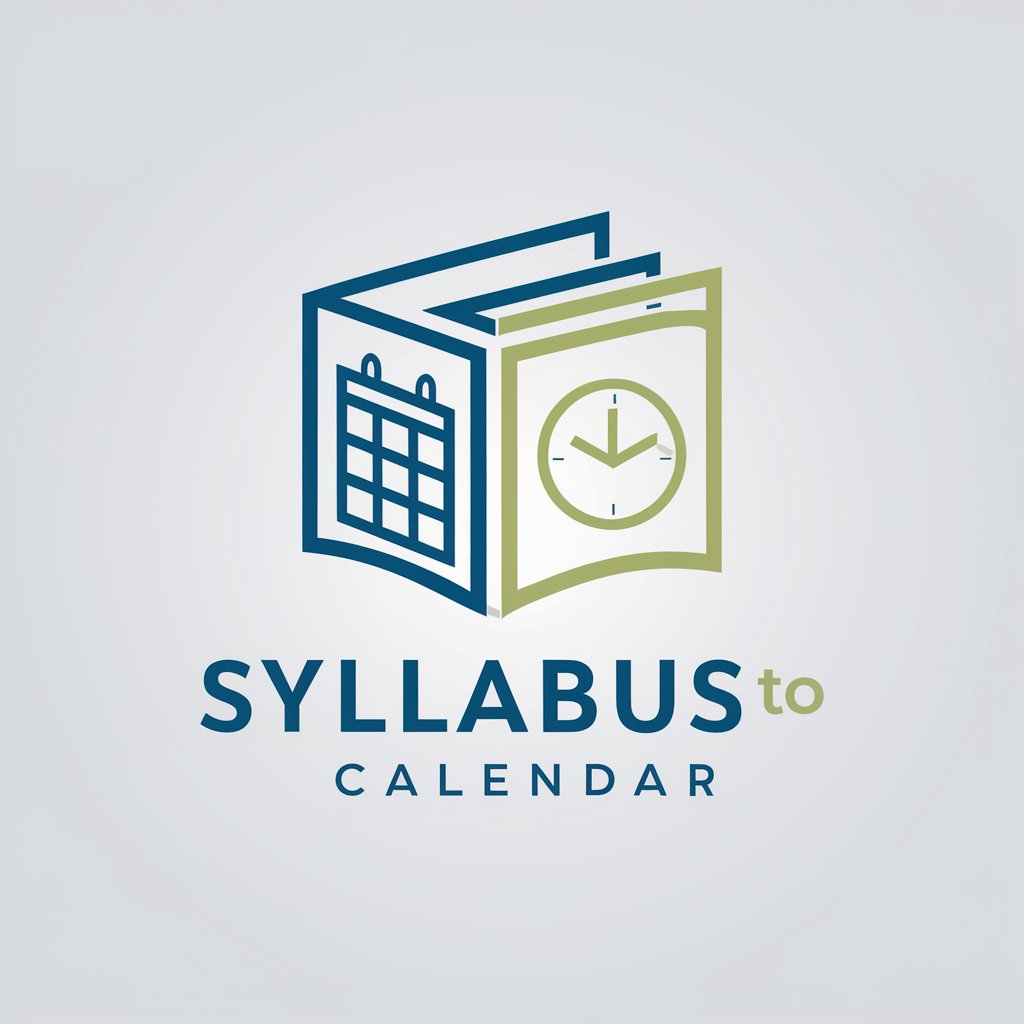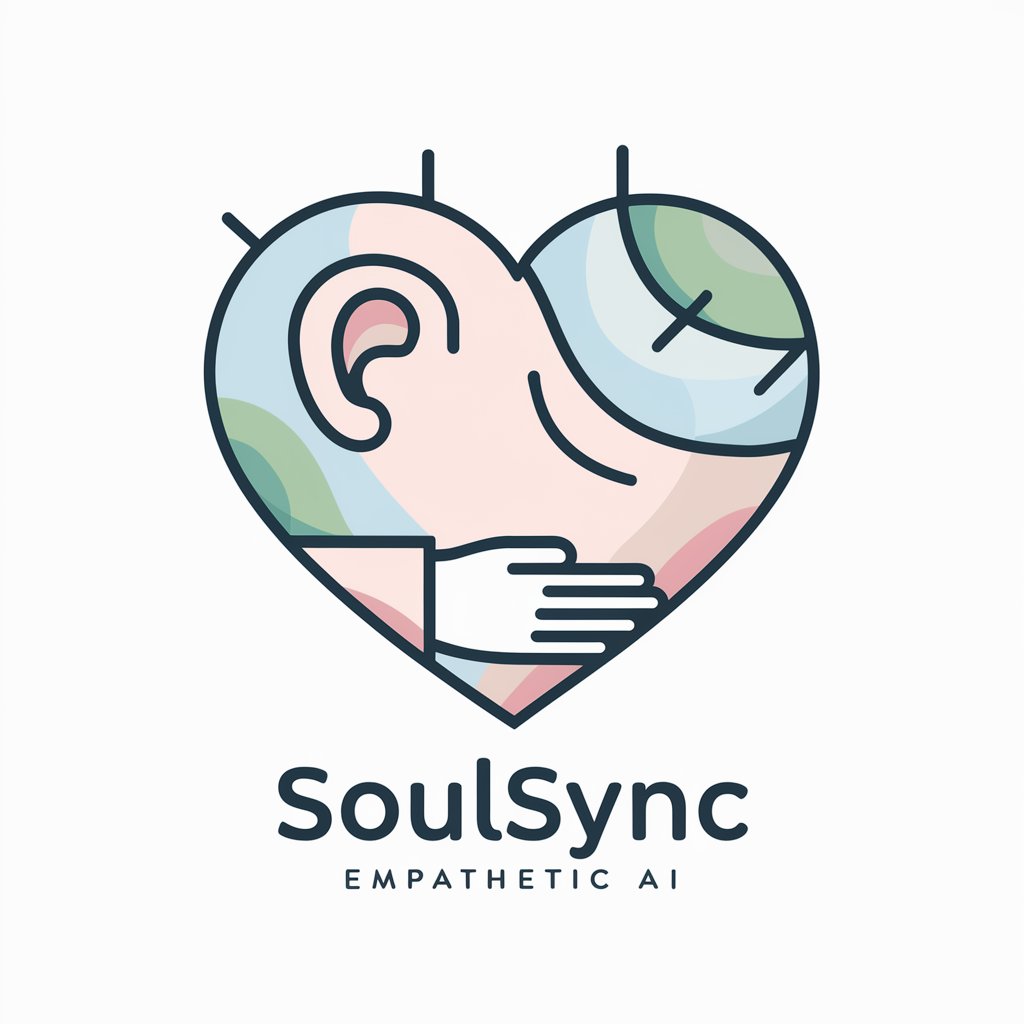Senior film Syllabus QLD Australia - Educational Media Framework

Welcome to Senior Film, TV & New Media QLD. Let's explore creativity together!
Empowering creative media education
Explain the importance of critical thinking in film and media studies.
Describe the role of technology in modern filmmaking.
Analyze the impact of social media on audience engagement.
Discuss the evolution of storytelling in television.
Get Embed Code
Introduction to Senior Film, Television & New Media Syllabus QLD Australia
The Senior Film, Television & New Media Syllabus in Queensland, Australia, aims to develop students' critical and creative thinking skills through the exploration of media arts. It provides a structured learning framework where students engage with film, television, and new media, both theoretically and practically. The syllabus encourages students to explore various media concepts such as technologies, representations, audiences, institutions, and languages within different production and use contexts. For instance, students learn by creating their own media products and analyzing existing ones, helping them understand and interpret media influences and storytelling techniques. Powered by ChatGPT-4o。

Main Functions of the Senior Film, Television & New Media Syllabus
Creative Exploration
Example
Students undertake projects like creating a short film or a multi-platform media project, applying their understanding of media technologies and narrative techniques.
Scenario
In a classroom setting, students might be tasked with producing a documentary on a local issue, employing both their technical skills in filming and editing and their analytical skills in storytelling and audience engagement.
Critical Analysis
Example
Analysis of media products such as films, advertisements, or news media to understand the use of language, symbolism, and technological impacts on society.
Scenario
Students may analyze a popular film to dissect how it portrays societal issues, discussing the impact of its representations on different audiences.
Understanding Media Contexts
Example
Exploring the impact of institutions and audiences on media production and dissemination.
Scenario
Learners could investigate how different social, political, and economic contexts influence film production, such as how budget constraints or audience demographics shape the content and marketing of a film.
Ideal Users of the Senior Film, Television & New Media Syllabus Services
Secondary School Students
Ideal for students interested in pursuing further education or careers in media, communications, or creative industries. The syllabus equips them with practical skills in media production and critical skills in media analysis.
Educators
Teachers and educational institutions looking for a comprehensive curriculum that integrates practical media skills with critical thinking and analysis, suitable for preparing students for both higher education and the job market in creative fields.

How to Utilize Senior Film Syllabus QLD Australia
Access the Tool
Visit yeschat.ai for a free trial, no login or ChatGPT Plus required.
Understand the Structure
Review the four-unit course structure to understand the progression from foundational concepts to advanced applications in film, television, and new media.
Engage with Content
Engage with detailed unit descriptions and associated assessment tasks to align educational activities with syllabus objectives.
Utilize Resources
Make use of the provided references and suggested resources to enhance teaching and learning experiences according to the syllabus guidelines.
Implement Assessment
Apply formative and summative assessment strategies as outlined in the syllabus to evaluate student understanding and skills in film and media studies.
Try other advanced and practical GPTs
Semester Planner
AI-driven academic schedule optimization

Syllabus Architect
Crafting Tailored, Exam-Free Syllabuses

Syllabus Builder
Design Syllabi with AI Precision

Narcissus Insight
Understanding Narcissism with AI

Packaging Design Pioneer
AI-powered packaging design for everyone

Property Pioneer
AI-Powered Real Estate Insights

Semester Scheduler
Automate your academic schedule with AI

Mate Bot
Your AI-Powered Friendly Companion

AI World Crafter
Craft Your World with AI

Denver Broncos Guru
Explore Broncos History with AI

Safe Quality Food
Empowering Global Food Safety

SoulSync
Empathy at a Click: Powered by AI

FAQs about Senior Film Syllabus QLD Australia
What is the primary focus of the Senior Film Syllabus QLD Australia?
The syllabus focuses on developing students' understanding and skills in film, television, and new media through critical and creative engagement with content, production, and audience interaction.
How is the syllabus structured?
The syllabus is structured into four units, each covering different aspects of film, television, and new media, with increasing complexity and a focus on both theoretical and practical applications.
What are the key concepts covered in the syllabus?
Key concepts include technologies, representations, audiences, institutions, and languages, which are explored across different media forms and contexts.
How does the syllabus address assessment?
Assessment in the syllabus is divided into formative assessments in Units 1 and 2, and summative assessments in Units 3 and 4, focusing on internal and external evaluations.
Can the syllabus lead to further education and careers?
Yes, the syllabus prepares students for further education and careers in diverse fields such as creative industries, communication, and media-related professions.
